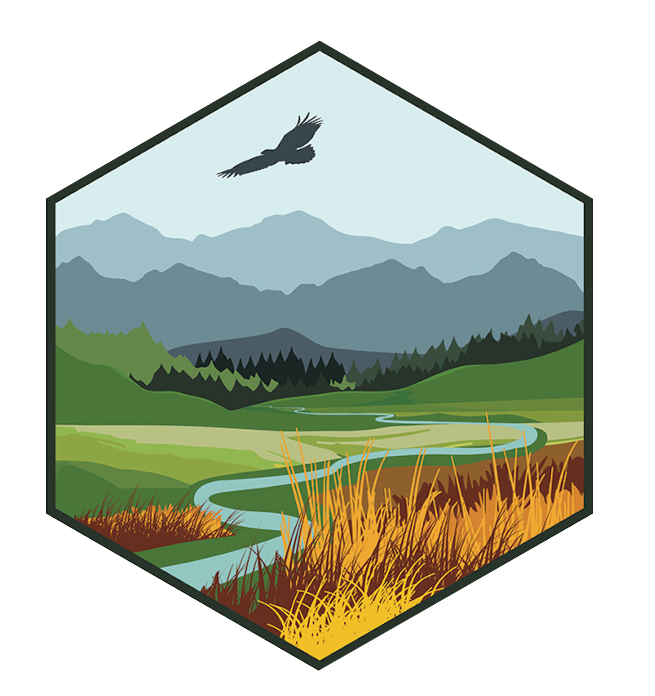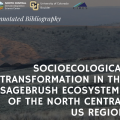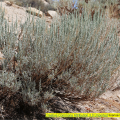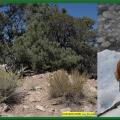The NC CASC Rapid Climate Assessment Program (RCAP) aims to create a series of Rapid Climate Assessments (RCAs) which are a synthesis of science information that can be used as a baseline for further research and a foundation for future stakeholder engagement. These RCAs include key elements of collaborative climate adaptation science, including co-production by stakeholders and researchers, status and vulnerability assessments, and identification of challenges and solutions for the given topic.
Each RCA project is led by a team that includes NC CASC research scientists and graduate research assistants (GRAs). The Summer 2024 RCAP topics and teams are:
- Ecological Transformations in Sagebrush Ecosystems: Imtiaz Rangwala (NC CASC Lead), Kyra Clark-Wolf (NC CASC Co-Lead), and Katie Bardsley (CU Boulder/ NC CASC GRA)
- Human Dimensions of Sagebrush Ecosystems: Christine D. Miller Hesed (NC CASC Lead) and Lauren Lee Barrett (CU Boulder/ NC CASC GRA)
- Upper Missouri River Breaks National Monument: Kyra Clark-Wolf (NC CASC Lead), Imtiaz Rangwala (NC CASC Co-Lead), Andrew Veselka (CU Boulder/ NC CASC GRA), David Wood (BLM Montana/ Dakotas State Office), and Jesse Hankins (UMRBNM)
- Supporting the Biodiversity and Climate Change National Assessment: Laura Dee (CU Boulder), Anna LoPresti (CU Boulder/ NC CASC GRA), Becky Chaplin-Kramer (MW CASC/ University of Minnesota), and Enrique Martinez Meyer (UNAM Mexico)
- Tribal Planning Processes: Janna Black (GPTWA/ BIA), Kynser Wahwahsuck (GPTWA/ BIA), Heather Yocum (NC CASC), and Shelby Ross (CU Boulder/ NC CASC GRA)
- Synthesis of Wildlife Disease Management Under a Changing Climate: Wynne Moss (USGS/ NC CASC), Kimberly Szcodronski (Montana Fish, Wildlife, and Parks), Heather Yocum (NC CASC), and Kyle Schutz (CU Boulder/ NC CASC GRA)
Downscaled NCA5 Key Messages for Practitioners in the North Central Region: Hailey Robe (NC CASC), Jane Wilkes (NC CASC), Imtiaz Rangwala (NC CASC), Ulyana Horodyskyj Peña (NC CASC) and Corrie Knapp (University of Wyoming)







